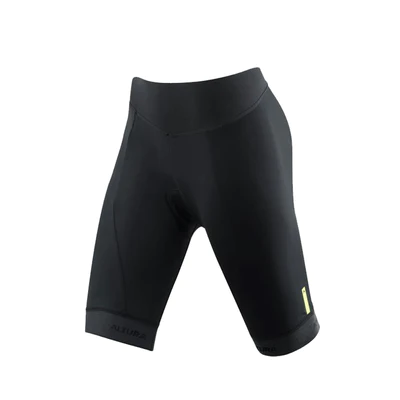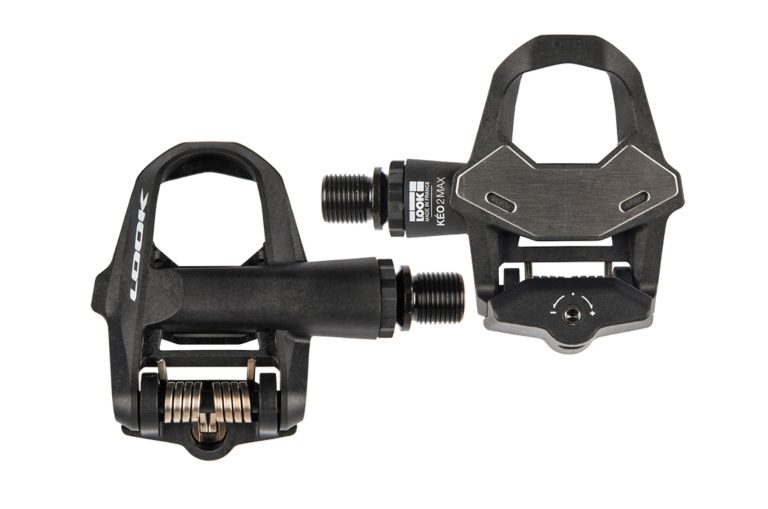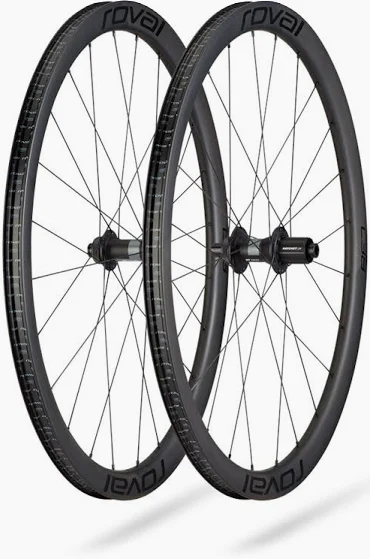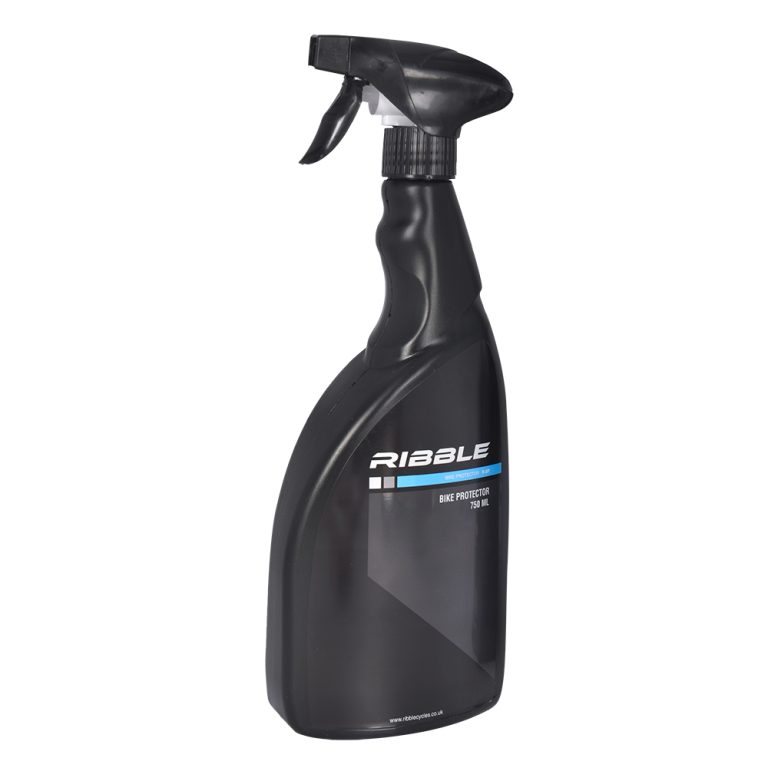If you’re a woman who loves cycling or is considering taking up the sport, then you know how essential it is to have the right gear. And when it comes to cycling, a good pair of shorts can make all the difference in the world. In this article, you’ll find a comprehensive guide to women’s cycling shorts, covering everything from the different types available to how to choose the perfect fit for your needs. So whether you’re a seasoned rider or just starting out, read on to discover the key to comfortable and stylish cycling.
Table of Contents
ToggleTypes of Women’s Cycling Shorts
Padded Shorts
Padded shorts are a must-have for any female cyclist looking for comfort during long rides. These shorts are designed with a built-in chamois pad, strategically placed to cushion your sit bones and provide relief from saddle soreness. The padding also helps to reduce friction and prevent chafing, making these shorts ideal for both beginners and seasoned riders.
Bib Shorts
Bib shorts offer an alternative style to traditional cycling shorts. They feature built-in suspenders, or bibs, that provide additional support and eliminate the need for a tight waistband. This design ensures the shorts stay securely in place, even during intense rides. Bib shorts are especially beneficial for women with shorter torsos, as they help to prevent any discomfort that may arise from a snug waistband.
Shorts with Built-in Liners
For those looking for versatility, shorts with built-in liners are an excellent option. These shorts are designed with a detachable or built-in liner that provides padding and a chamois. The liner can be removed for easy washing or swapped with different liners for varying levels of padding. This feature allows you to customize your comfort levels to suit your specific needs.
Tights
Women’s cycling tights are another popular choice, particularly during colder weather conditions. These full-length pants provide additional coverage and insulation, keeping your muscles warm and protected from the elements. Cycling tights are commonly made from thermal or moisture-wicking fabrics to ensure both comfort and performance.
Choosing the Right Size
Measuring for the Correct Fit
To ensure optimal comfort and performance, it is essential to choose the right size of cycling shorts. Start by measuring your waist and hips using a soft measuring tape. Refer to the manufacturer’s size chart to find the corresponding size for your measurements. Keep in mind that different brands may have slight variations in sizing, so it is always a good idea to refer to their specific size guide.
Determining the Right Waistband Style
Waistband styles can vary between low-rise, mid-rise, and high-rise options. Each style offers different levels of coverage and support, so it’s important to choose the one that fits your personal preferences and body type. Low-rise waistbands sit lower on the hips, while high-rise waistbands provide additional coverage and support around the midsection.
Considering the Leg Length and Grip
The leg length of cycling shorts can also impact your overall comfort. Some women prefer shorter lengths, while others prefer longer lengths for added coverage. Additionally, consider the grip of the leg bands. Grippers or silicone dots on the leg bands can help keep the shorts in place and prevent them from riding up during your ride.
Understanding the Padding
Importance of Padding
Padding plays a crucial role in ensuring a comfortable cycling experience. It provides a layer of cushioning between your body and the saddle, reducing pressure and friction. The padding also helps to absorb shock and vibration, making it easier on your sit bones during long rides. Whether you are a road cyclist or a mountain biker, investing in well-padded shorts is essential to prevent discomfort and potential injuries.
Different Padding Options
When it comes to the padding in cycling shorts, there are various options available. Some shorts have minimal padding, ideal for shorter rides or experienced riders who prefer a less bulky feel. Others feature thicker, multi-density padding for maximum comfort during long rides. Choose a padding style that aligns with your personal preferences and the type of cycling you engage in.
Finding the Right Padding Thickness
The thickness of the padding can significantly impact your comfort level while cycling. Thicker padding may be suitable for longer rides as it provides more cushioning, but it can also add bulk. Thinner padding, on the other hand, offers a sleeker look and is often preferred by racers or riders who prioritize speed and efficiency. Consider your riding style and personal preferences when selecting the right padding thickness for your cycling shorts.
Material and Construction
Choosing the Right Fabric
The fabric used in women’s cycling shorts can greatly impact their performance and durability. Look for shorts made from moisture-wicking materials such as nylon or polyester blends. These fabrics help to draw sweat away from your skin, keeping you dry and comfortable during your ride. Additionally, choose materials that offer good breathability to allow for proper airflow and temperature regulation.
Evaluating the Quality of Stitching
The quality of stitching in cycling shorts is essential for long-lasting performance. Look for shorts with reinforced seams that can withstand the rigors of regular use. Flatlock or zigzag stitching is preferable, as it minimizes the chances of chafing and irritation. Check the overall construction of the shorts to ensure they are well-made and durable.
Elasticity and Breathability
The elasticity of the fabric is crucial for a snug yet comfortable fit. Look for shorts that offer good stretch and recovery, allowing the fabric to move with your body. This ensures a full range of motion while cycling without any restrictions. Additionally, prioritize shorts that offer high breathability to keep you cool and dry, even during intense rides or hot weather conditions.
Design Features
Finding the Perfect Waistband
The waistband design of cycling shorts can significantly impact your comfort and fit. Some shorts feature wide, elastic waistbands that distribute pressure evenly across the midsection. Others may have a flat, seamless waistband that reduces friction and eliminates any potential chafing. Consider your body type and personal preferences when selecting the perfect waistband design for your cycling shorts.
Evaluating Strap Design (for Bib Shorts)
If you opt for bib shorts, pay close attention to the strap design. The straps should be wide, adjustable, and comfortable against your skin. Look for bib shorts with breathable mesh straps that help to wick away sweat and moisture. Additionally, ensure that the straps are long enough to accommodate your torso length, as a poor strap fit can cause unnecessary discomfort.
Evaluating Grippers and Leg Bands
Grippers or leg bands play a vital role in keeping your cycling shorts in place during your ride. Look for shorts with silicone grippers or wide elastic bands at the leg openings. These features ensure the shorts stay securely in place without riding up or causing any discomfort. Test the grip of the leg bands before purchasing to make sure they provide the necessary support without digging into your skin.
Finding the Right Women’s Cycling Shorts for Your Body Type
Short Torso and Long Legs
If you have a short torso and long legs, consider opting for high-rise cycling shorts. These shorts offer additional coverage around your midsection, creating the illusion of a more proportionate body shape. Additionally, look for shorts with longer leg lengths to balance out your body’s proportions.
Long Torso and Short Legs
For those with a long torso and short legs, low-rise or mid-rise cycling shorts are ideal. These styles help to create the appearance of longer legs by drawing attention away from the midsection. Additionally, opting for shorter leg lengths can also help to visually elongate your legs.
Hourglass Figure
If you have an hourglass figure, consider choosing cycling shorts with a wide, elastic waistband that cinches in at the waist. This design accentuates your curves and provides additional support. Look for shorts with moderate leg lengths that flatter your body shape and enhance your natural silhouette.
Pear-Shaped Figure
For women with a pear-shaped figure, cycling shorts with a wider leg opening can help provide a balanced look. Look for shorts with grippers or leg bands that offer ample support without adding unnecessary pressure to your hips. Opt for shorts with darker colors or patterns around the hip area to create a slimming effect.
Athletic Build
If you have an athletic build with well-defined leg muscles, consider choosing shorts with a shorter leg length. This style allows you to showcase your leg muscles while providing the necessary comfort and support. Look for shorts with good elasticity to accommodate your muscular thighs without feeling restrictive.
Taking Care of Your Cycling Shorts
Cleaning and Washing Instructions
To prolong the lifespan of your cycling shorts, it’s important to follow the proper cleaning and washing instructions. Most cycling shorts can be machine washed on a gentle cycle using cold water. Avoid using harsh detergents or fabric softeners, as they can degrade the fabric and padding. Instead, opt for a mild, sports-specific detergent that helps to remove sweat and odors effectively.
Proper Storage and Drying
After washing, it’s crucial to store your cycling shorts properly. Hang them to dry in a well-ventilated area, away from direct sunlight. Avoid using a dryer, as the heat can damage the fabric and elastic components. Once dry, fold your shorts and store them in a cool, dry place to prevent any potential mildew or odor buildup.
Knowing When to Replace Your Shorts
Even with proper care, cycling shorts will eventually wear out over time. Look for signs of significant fabric thinning, degradation of padding, or loss of elasticity. If your shorts no longer provide the necessary support or comfort, it’s time to consider replacing them. On average, cycling shorts should be replaced every 6-12 months, depending on your frequency of use and the quality of the shorts.
Common Mistakes to Avoid
Buying Based on Price Alone
When it comes to cycling shorts, investing in quality is crucial. While it may be tempting to opt for the cheapest option available, inexpensive shorts often lack the necessary padding, durability, and overall performance. Instead, consider your specific needs and budget, and choose shorts that offer a good balance between quality and affordability.
Ignoring the Importance of Fit
A proper fit is paramount when choosing cycling shorts. Avoid the mistake of picking shorts solely based on their appearance or brand name. Fit should be your top priority to ensure optimal comfort and performance. Take the time to measure yourself accurately and refer to size charts to find the right size for your body type.
Overlooking the Comfort of Straps (for Bib Shorts)
If you decide to invest in bib shorts, do not overlook the comfort of the straps. Ill-fitting or uncomfortable straps can dig into your shoulders and cause discomfort, especially during long rides. Ensure the straps are adjustable and wide enough to distribute the pressure evenly across your upper body.
Key Considerations for Long Rides
Moisture-Wicking Properties
When embarking on long rides, it’s essential to choose cycling shorts with excellent moisture-wicking properties. These properties help to draw sweat away from your body, keeping you dry and comfortable. Moisture-wicking fabrics also prevent the accumulation of sweat, reducing the risk of skin irritation and chafing.
Anti-Chafing Features
Chafing can be a common issue during long rides, causing discomfort and potential skin irritations. Look for cycling shorts with flatlock or seamless stitching to minimize friction and irritation. Additionally, consider shorts with anti-chafing panels or materials strategically placed in areas prone to rubbing, such as the inner thighs.
UV Protection
If you plan to ride under the sun for extended periods, UV protection is crucial. Choose cycling shorts that offer a high level of UV protection to shield your skin from harmful sun rays. Look for shorts with UPF (Ultraviolet Protection Factor) rating, which indicates the level of protection provided by the fabric.
Additional Accessories and Gear
Matching Jerseys and Tops
For a complete cycling outfit, consider investing in matching jerseys and tops. Coordinating your cycling attire not only adds a stylish touch but also enhances your overall riding experience. Look for jerseys and tops made from breathable, moisture-wicking materials to complement your cycling shorts.
Choosing the Right Saddle
Alongside cycling shorts, choosing the right saddle is paramount for a comfortable ride. The saddle should provide adequate support and cushioning, aligning with your body’s natural contours. Consider visiting a bike shop to get professionally fitted for a saddle that suits your body type and riding style.
Protective Gear and Accessories
In addition to cycling shorts, it’s essential to prioritize your safety on the road. Wearing a properly fitted helmet, gloves, and protective eyewear can greatly reduce the risk of injuries. Consider investing in additional accessories such as knee pads, elbow pads, or reflective gear to enhance your visibility and overall protection.
By understanding the different types of women’s cycling shorts, choosing the right size and fit, evaluating the padding and construction, and considering your body type, you can find the perfect pair of shorts that provide both comfort and performance. Taking care of your shorts, avoiding common mistakes, and considering key factors for long rides will ensure a enjoyable and hassle-free cycling experience. Don’t forget to complete your cycling outfit with matching jerseys, choose the right saddle, and prioritize your safety with protective gear and accessories. Happy cycling!







